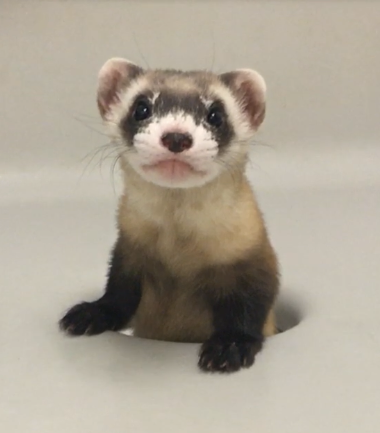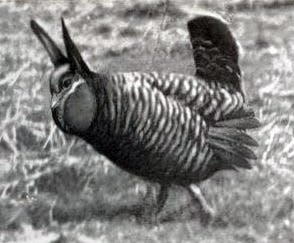Is extinction forever? A new field of biology says maybe not
The past is never dead. It's not even past.
— Novelist William Faulkner
A mulligan occurs in golf when a player is allowed a second chance after making an error. Imagine if there were mulligans for our human environmental blunders?
Ever since humans learned to hunt in groups and moved to the apex of the natural food chain, we have made species extinct. Until recently we have always believed extinction was forever.
But a new scientific field, called restoration biology, has offered the possibility that our children might once again inhabit a planet that also houses dodos, wooly mammoths and passenger pigeons.
Advances in cloning have offered hope for saving some long-gone species. The black-footed ferret is a case study. Extremely low in numbers, the species was (wrongly) declared extinct twice, and all living members are descended from seven individuals. Then on Dec. 10, 2020, Elizabeth Ann was cloned from the cells of a ferret that lived more than 30 years earlier.



Cloning might work equally well on truly extinct mammals, like the wooly mammoth, in some future lab. Birds require "germ cell transmission," which has worked well in domesticated chickens for more than a decade. The hope is that genes from extinct birds could be introduced into closely related relatives.
In Maryland alone, three once common birds — the Carolina parakeet, the passenger pigeon and the heath hen — might be restored by such a method and added to birder’s life lists.
More Mark: Vaccination Nation: A short history of vaccines
Even more: The war for wildlife: 150 years of fish and wildlife service conservation
The heath hen is currently undergoing such research. The species went extinct in 1932 because of overhunting and habitat destruction, with the last small flock dying out on Martha’s Vineyard.
Ninety years later, a team at Texas A&M is using closely related pinneated grouse to try to bring back the formerly booming bird using germline transmission.
Another project aimed at reversing extinction involves the passenger pigeon.
It was once the most abundant bird in North America, when up to 5 billion passenger pigeons darkened the skies and broke tree limbs under the weight of their large flocks. By 1914, the species had been hunted to extinction.
The ambitious Great Passenger Pigeon Comeback hopes to use CRISPR gene-editing technology to fast-track creating the first new passenger pigeons by 2025.
Whether this timeline will be reached is debatable. But these avian de-extinction projects are feasible using existing technologies, and not dependent on the more far-fetched science fiction ideas residing in Jurassic Park.
Of course, many questions remain. Should our resources be used for saving living species or reviving dead species? How easily can we reintroduce 19th- and 20th-century species into a greatly changed 21st-century habitat? Could restoring extinct species adversely impact contemporary species?
Until now, the fate of every species has ultimately been extinction. The dream of overturning this biological imperative and restoring a lost world is rich with possibility — and irony.
It would be horribly ironic if, in the midst of reviving other species, we humans hastened our own decline and extinction through nuclear war, global climate change or uncontrolled pandemics.
Mark Madison is a resident of Hagerstown who eagerly looks forward to passenger pigeons someday feeding in his backyard.
This article originally appeared on The Herald-Mail: Is extinction forever? A new field of biology says maybe not

